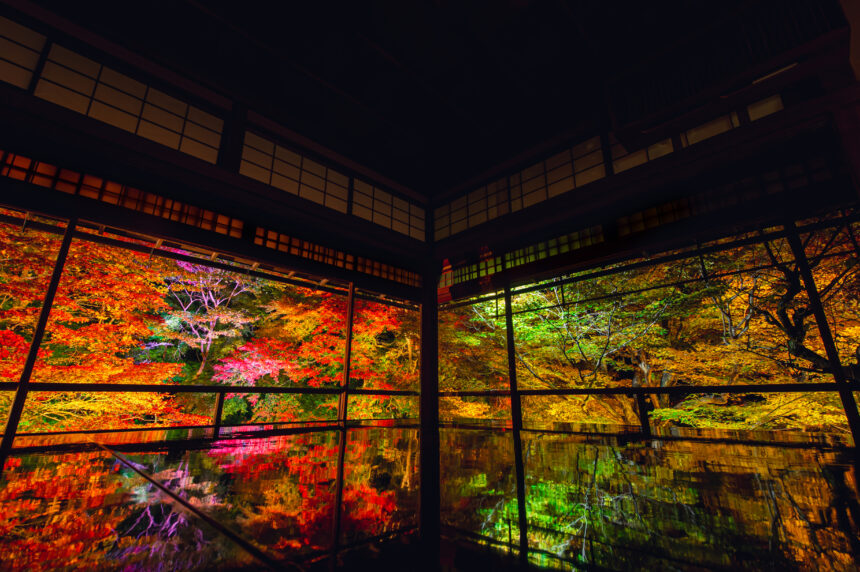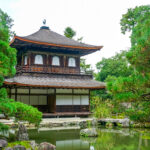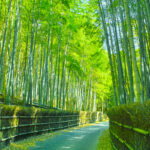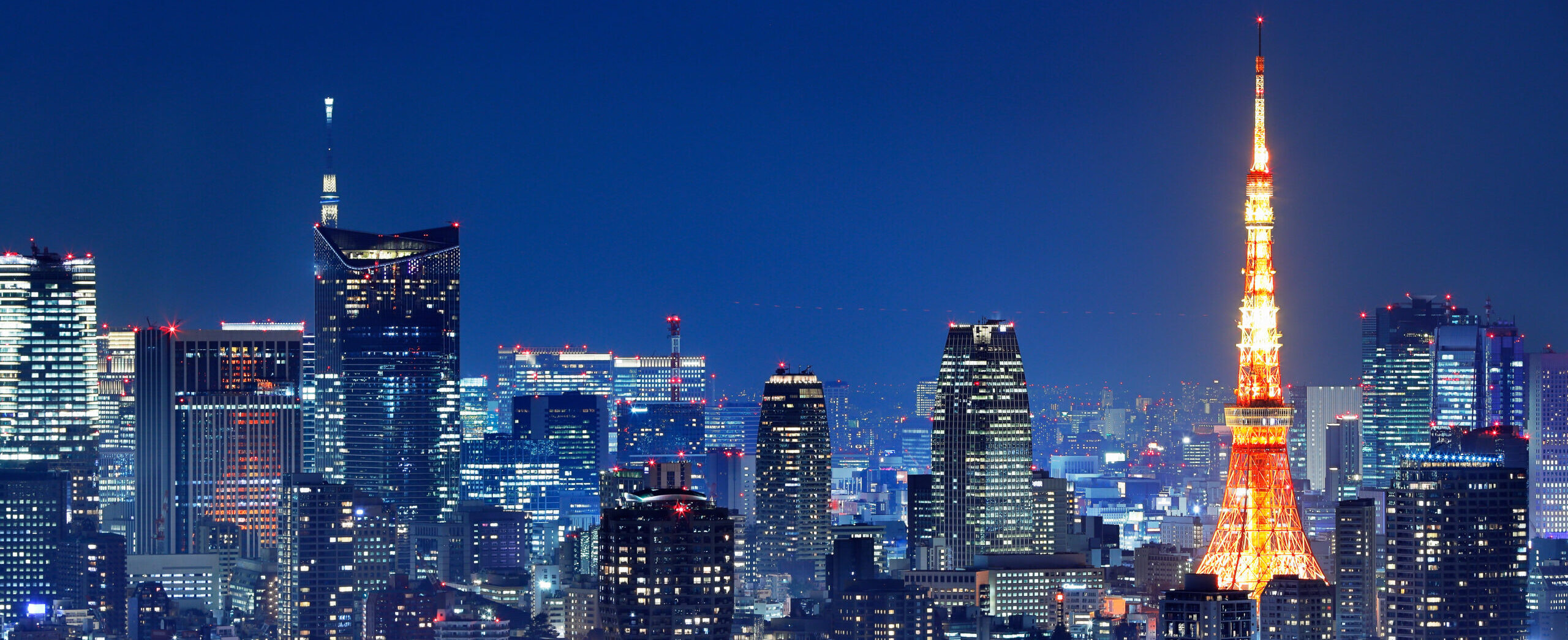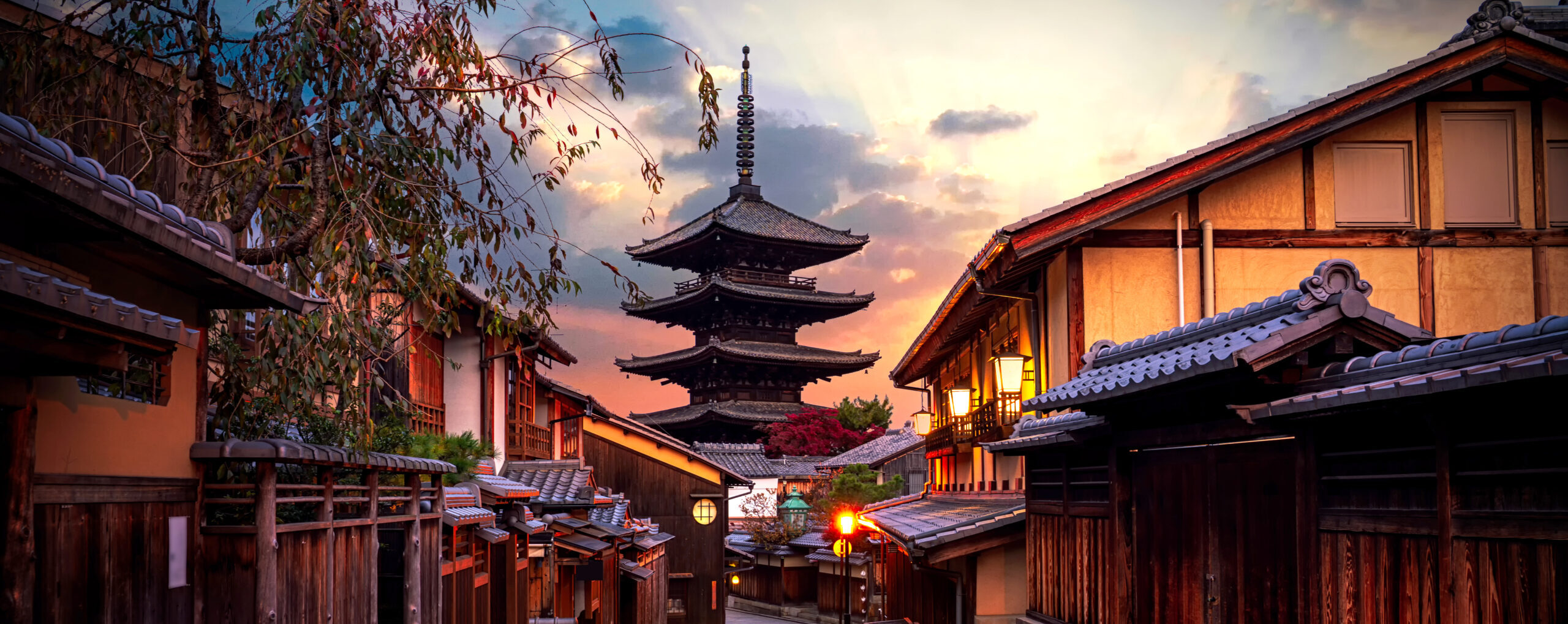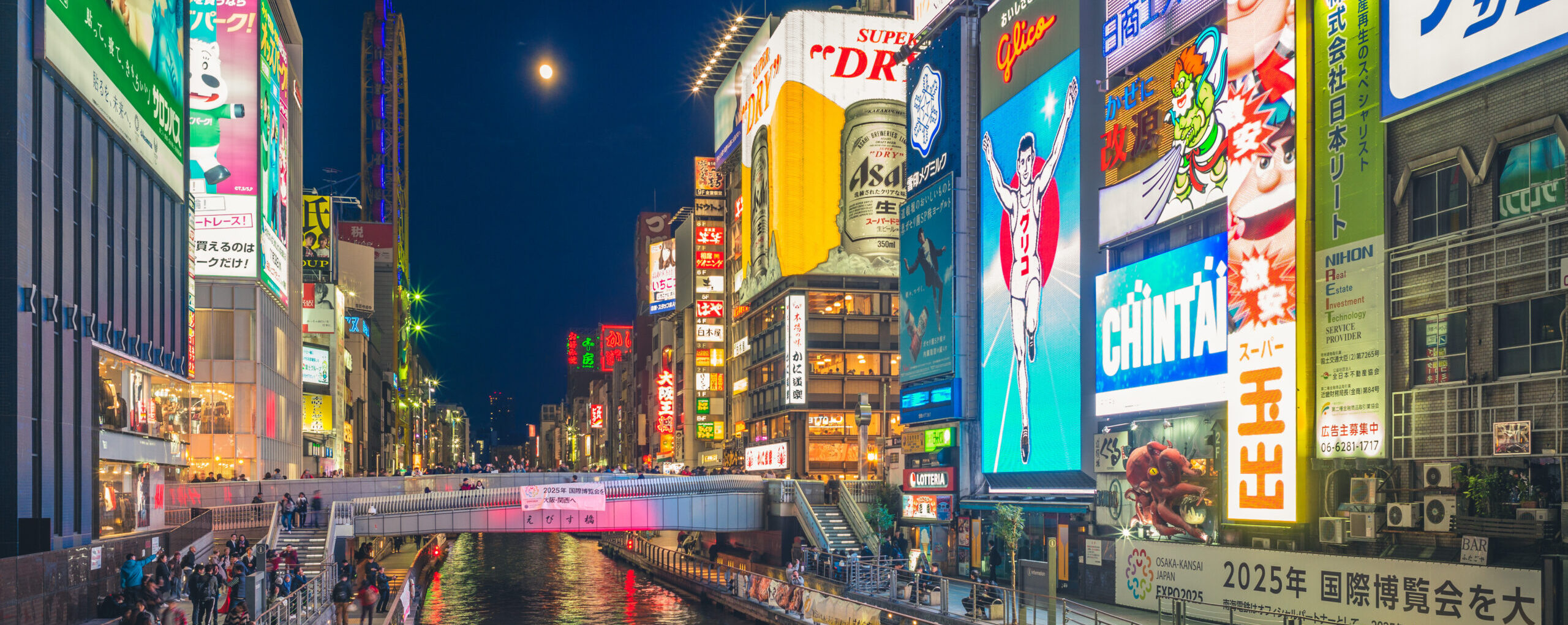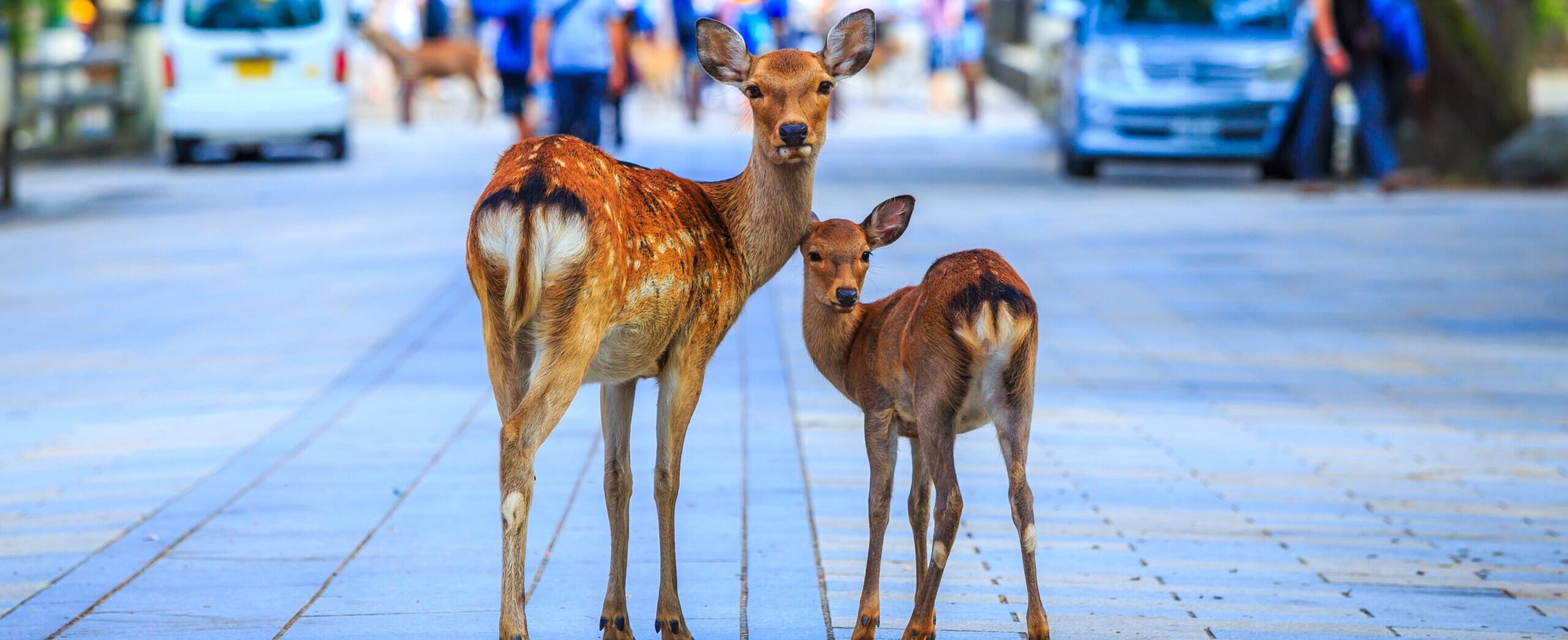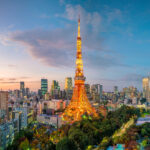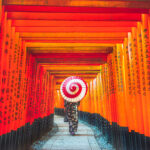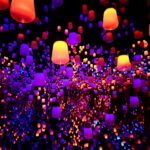In this Article
1. Overview of Rurikoin
Rurikoin, a hidden gem in Kyoto, is a serene temple located in the Yase area of northern Kyoto. Known for its stunning reflections of maple leaves on polished floors, Rurikoin offers a breathtaking view of Japanese seasonal beauty. This temple is especially popular in spring and autumn when vibrant greens and colorful autumn foliage create a mesmerizing sight. Rurikoin’s tranquil atmosphere makes it a perfect retreat from the bustling city.
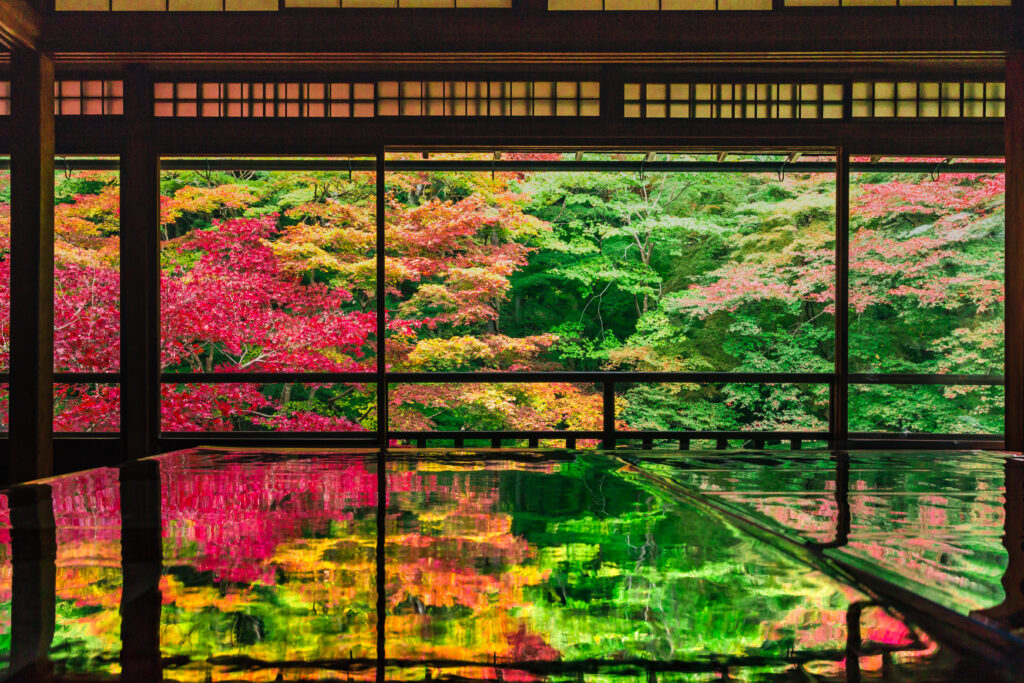
2. History of Rurikoin
Rurikoin was originally built during the Meiji era (1868–1912) and has a history as a place of relaxation and meditation. Though it is relatively young compared to other temples in Kyoto, it has become a popular spot due to its beautiful scenery and peaceful atmosphere. Today, Rurikoin remains a place for visitors to find tranquility and reflect on nature’s beauty, following the Japanese aesthetic of harmony with nature.
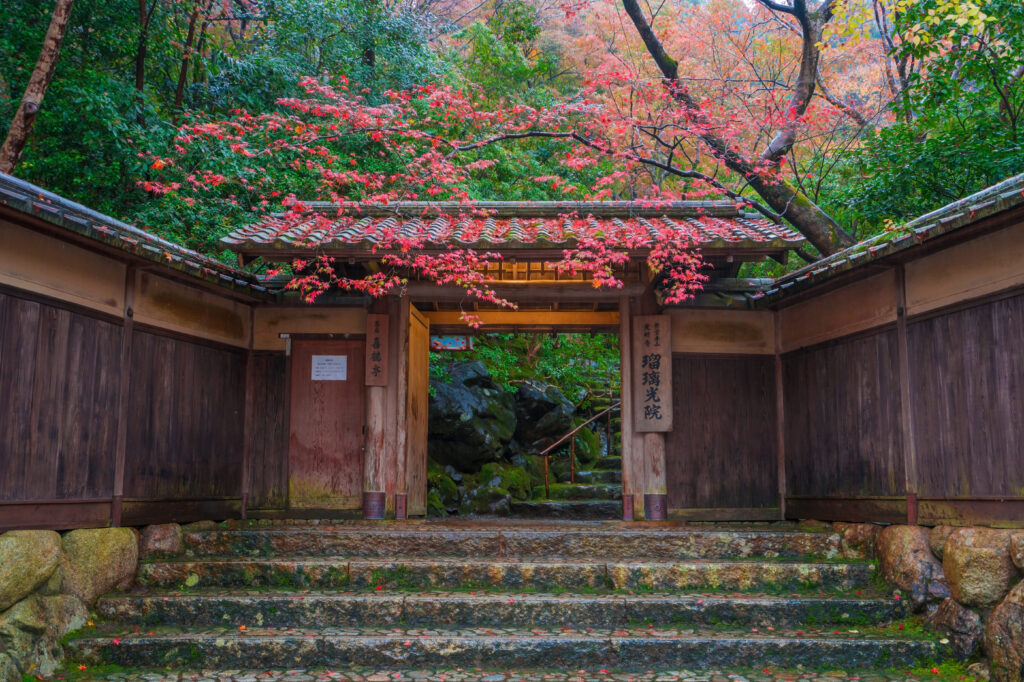
3. Highlights of Rurikoin
The Second-Floor Reflection Room
The most iconic feature of Rurikoin is its polished second-floor room, where maple leaves reflect beautifully on the lacquered floor. Visitors can enjoy a sweeping view of the gardens through large windows, creating a sense of being surrounded by nature. This room is particularly popular for photography, as it captures the essence of each season.
Ruriko Garden
Rurikoin’s Ruriko Garden features a blend of moss, stone lanterns, and maple trees. The garden is meticulously maintained, and its lush moss, combined with the colors of seasonal foliage, provides a serene and meditative space. Visitors can stroll along the stone pathways and enjoy the quiet beauty of this secluded garden.
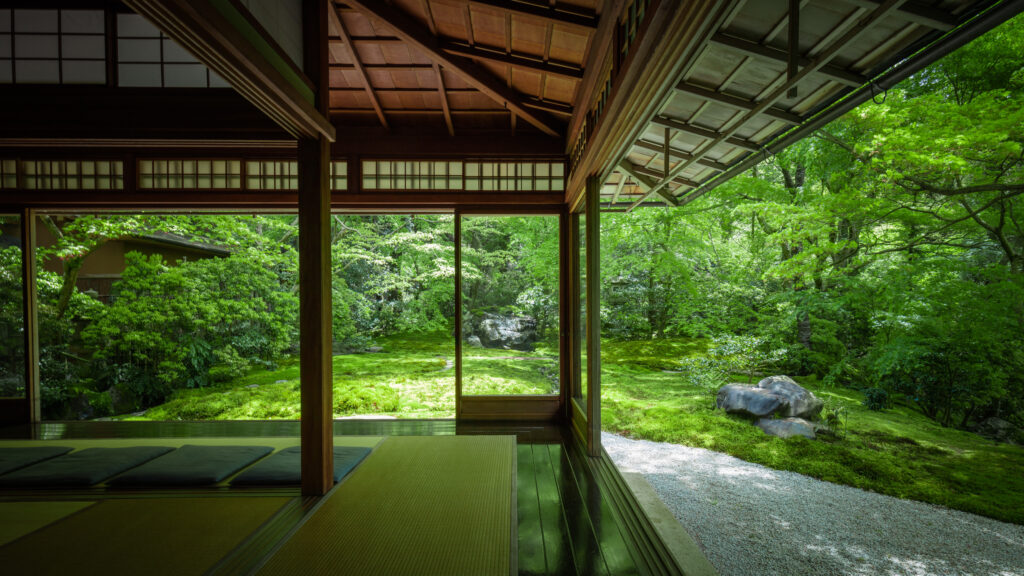
Sutra Copying Experience
Rurikoin offers visitors a unique opportunity to participate in a sutra copying experience, a traditional Buddhist practice known as “shakyo.” This meditative activity involves transcribing Buddhist scriptures in a calm and reflective environment, allowing participants to focus their minds and cultivate inner peace. The sutra copying experience at Rurikoin is particularly popular for those seeking a deeper spiritual connection with the temple’s serene atmosphere.
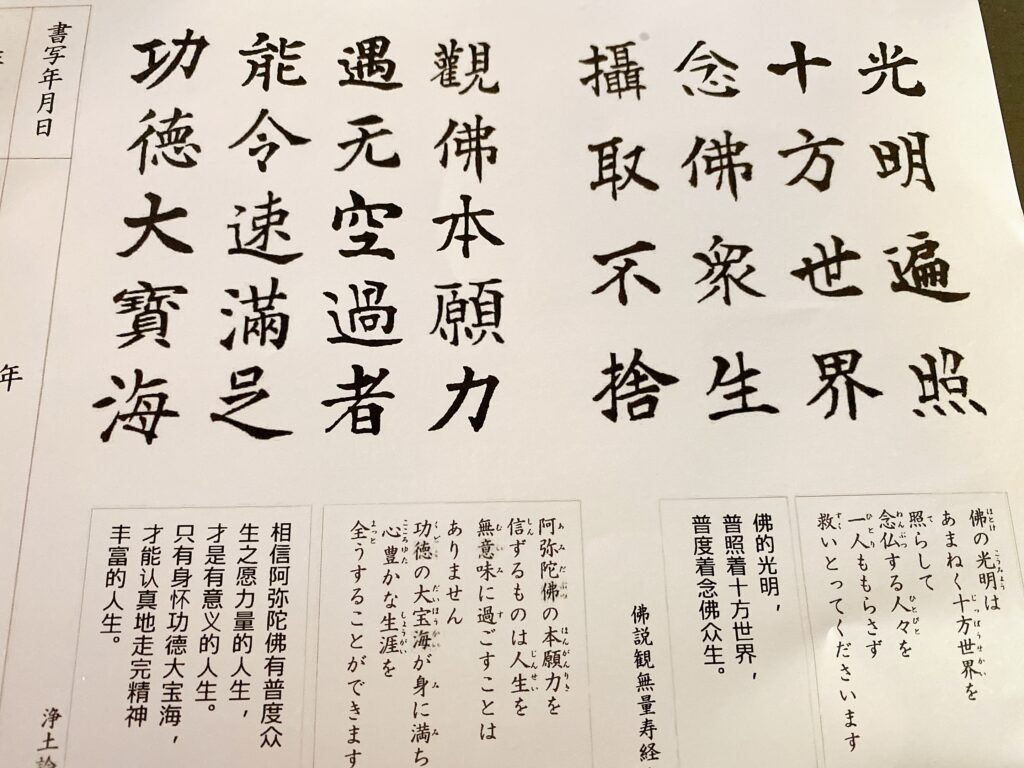
4. Seasonal Beauty and Events
Rurikoin is most popular during the spring and autumn, when the maple leaves turn vibrant green or fiery red, respectively. The temple holds special seasonal openings in these periods, allowing visitors to experience the Reflection Room and gardens at their peak beauty. Due to its seasonal charm, Rurikoin attracts large numbers of visitors, especially during autumn foliage season.
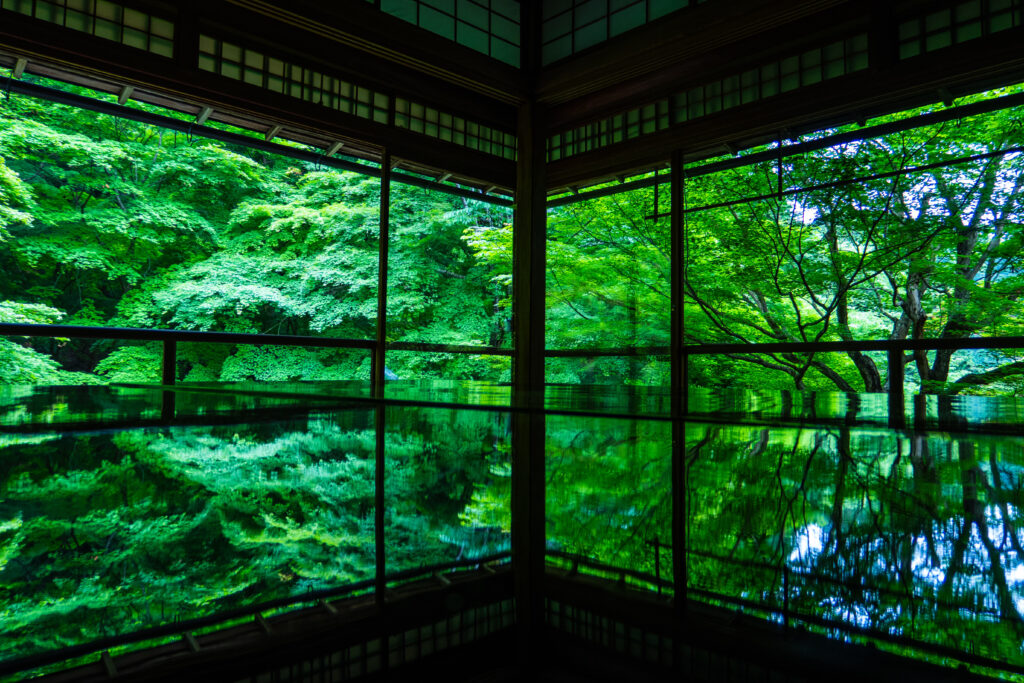
5. Access to Rurikoin
Rurikoin can be accessed from Kyoto Station via the Eizan Railway to Yase-Hieizan-guchi Station. From the station, it’s a short 5-minute walk to the temple. As the area is also known for beautiful hiking trails and proximity to the Hiei mountains, Rurikoin makes for a great addition to a day trip exploring northern Kyoto.
6. Hours and Fees
Admission Fees
2,000 yen
Opening Hours
10:00 AM to 5:00 PM
Closed Days
Only closed during winter season
